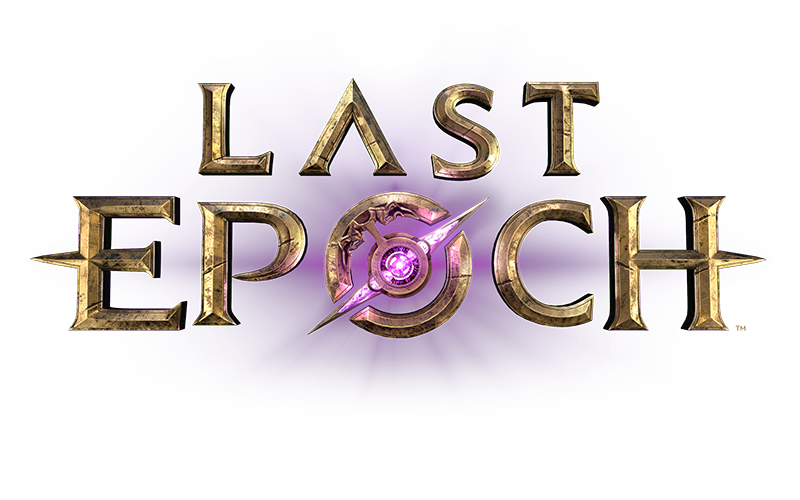All economies are.
I have no idea where you got those numbers or how they relate to what I said.
Of the total generated gold, most of it will end up in the hands of a small percentage of players. That’s how it always ends up. Be that in PoE, LE or real life.
99% of the money ends up in the hands of 1% of players. 99% of the players will have less money than they generated it because they spent it on the 1%.
It doesn’t, it’s flat.
The cost is not based on the the seller but the buyer instead, that means for the buyer it’s a big 1-time investment while the seller acrues value before then having a single 1-time taxation.
It makes no difference who gets taxed. 1 million goes in, 850k goes out. It doesn’t matter if the one paying the 150k is the buyer or the seller, that 150k is gone.
And of that 850k that gets used in another trade, 850k goes in, 722.5k goes out. That’s only 127.5 gone now.
And of those 722.5k, next trade is that going in, 614k going out. Less than 110k now.
You need 5 transactions with every bit of gold generated to halve the current existing gold.
Depends on where you life. In the US taxation obviously doesn’t work well since the massive overhead destroys any ability for that to function well. In my country the taxation does indeed work quite well
There is a difference between real life taxation and game taxation: in real life, the money doesn’t disappear. It gets shuffled to the government, which then shuffles it back to other venues.
The real life money sink that exists is mostly lost money. Destroyed notes, lost coins, etc. And that is also decreasing, with the rise of digital payments.
Which is why governments need to regularly create more currency to keep the economy flowing.
So quite different from a game economy in that regard.
Don’t think this would happen if it was favor.
The two exploits that happened in 1.0 and 1.1 would have been the same whether it was gold, favour or MG gems.
The exploit that was public so far would also affect MG, if only for the “duped” items.
I agree that MG shouldn’t be gold based, but not because it would avoid dupes/exploits. Because it wouldn’t. Those will always exist, no matter what you name the currency or how isolated it is.
It shouldn’t be gold simply because it creates an inequality between MG and CoF. Which gets aggravated with the more things you can do with gold.

